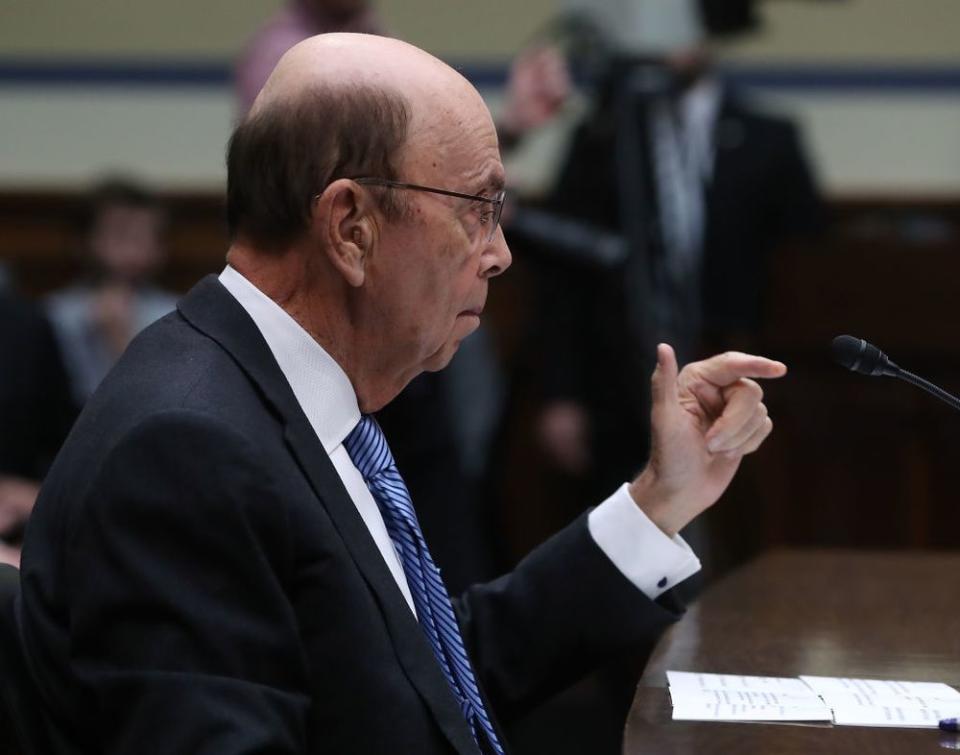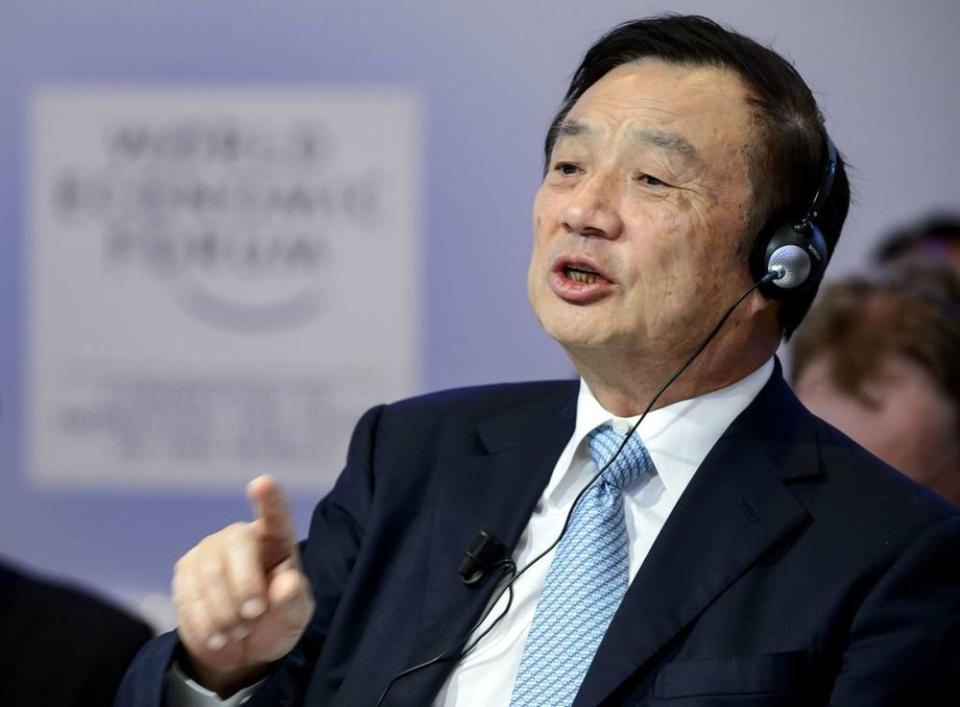The U.S. Grants Huawei a Temporary Reprieve from Blacklist—And Saves Itself Some Trouble

The U.S. has thrown Huawei Technologies a lifeline, but it likely isn’t doing it for the Chinese company’s sake.
Last Wednesday, the Commerce Department added Huawei and 68 affiliates to its prohibitive “entities list”—a catalogue of companies considered threats to national security. Entities on the list are required to apply for special permission to purchase components from U.S. companies, with the understanding that approval will likely be denied.
U.S. companies didn’t wait to be told no. On Monday, Google announced it would exclude Huawei from its Android mobile operating system; chipmakers Qualcomm, Intel and Xilinx Inc likewise said they were cutting supplies to Huawei, throttling their own stock prices. Shares in Xilinx tumbled 5% Monday, while Qualcomm shares dropped over 4%.
Granting a reprieve
Following the fallout, the Trump Administration granted Huawei a three-month “general license” late Monday that would allow the Chinese manufacturer to continue purchasing U.S. equipment until August 19.

“The temporary general license grants operators time to make other arrangements and the [commerce] department space to determine the appropriate long term measures for Americans and foreign telecommunications providers that currently rely on Huawei equipment for critical services,” Commerce Secretary Wilbur Ross said.
‘Reality check’
According to Huawei’s own reporting, 33 of its 93 “core suppliers” are U.S. tech firms, some of which are overly exposed to the Huawei blockade. California-based NeoPhotonics, for example, earned roughly 47% of its 2018 Q3 revenue from sales to Huawei. The broader U.S. semiconductor industry earns roughly $11 billion in annual sales to Huawei alone.
Meanwhile, Huawei’s carrier business serves clients worldwide including in low population areas of the U.S. such as parts of Wyoming and Oregon, where customers would suffer if Huawei is unable to maintain its service.
“I think this is a reality check,” Washington trade lawyer Douglas Jacobson told Reuters. “It shows how pervasive Huawei goods and technology are around the globe and if the U.S. imposes restrictions, that has impacts.”
Marching orders
Throughout the fluctuation in U.S. policy, Huawei has remained uncowed. At a press conference Saturday, founder and CEO Ren Zhengfei told reporters that Huawei would be “fine” without U.S. components. Ren echoed his remarks at another media meeting Tuesday where he said, “We can also produce chips as good as the U.S. chips, but it doesn’t mean we are not purchasing those anymore.”

Huawei claims to have been stockpiling computer chips and other vital imports as a contingency plan for year – since even before a similar embargo brought rival manufacturer ZTE to a complete standstill last summer. However, analysts estimate Huawei only has enough supplies to tide itself over for three months. Huawei has been developing semiconductors of its own through subsidiary HiSilicon, although it still depends on foreign manufacturers to fabricate them.
Last Friday, HiSilicon President Teresa He Tingbo posted a memo on China’s Twitter-like Weibo in response to Huawei’s placement on the entity list. In the open letter, he described HiSilicon’s efforts to secure Huawei’s supply chains as a “Long March,” alluding to a historic event during China’s civil war in 1934, when tens of thousands of Communist Party loyalists marched 8,000 miles in a tactical retreat.
One important note about the Long March is that many of the marchers died, either in battle or starving, exhausted, and frozen as they trudged over mountains during the year-long trek. The Long March whittled Communist Party membership down from 300,000 to 40,000. Party folklore maintains that those who survived were the strongest members.
Party officials have often evoked memory of the Long March to prepare citizens for a period of strife. The symbolism then was not lost on Monday when, during his first domestic visit since trade talks broke down, President Xi Jinping travelled with chief negotiator Liu He to Yudu county, Jiangxi province, where the Long March began. China, like Huawei, is digging in for the long haul.
More must-read stories from Fortune:
—Questioning the role of French telecom execs in 35 employee suicides
—Tencent’s new video game: part propaganda, part peace offering
—Why the new U.S.-EU trade talks might go nowhere
—The Eastern European countries home to today’s most dynamic winemakers
Catch up with Data Sheet, Fortune‘s daily digest on the business of tech.
